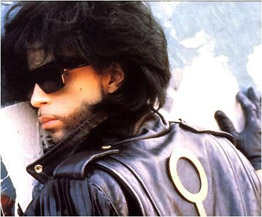|
|
Chapter TwoMore American Graffiti BridgeBy Brett Ballard-BeachSeptember 28, 2011
While the first film kept its action confined to a single town and a 12 hour timeframe and most importantly kept its characters united through their common listening to Wolfman Jack’s broadcast, More American Graffiti is comprised of four related but not entirely entwined vignettes, set on successive New Year’s Eves in 1964, ’65, ’66, and ’67. From the battlefields of Vietnam to campus unrest, and from a SoCal motor speedway to the psychedelic sounds rocking the Fillmore, Norton’s sequel finds its emotional impetus in the notes of uncertainty and melancholy that close out the first film (am I the only one who thinks that the ending long shot of Curt’s plane flying through the air is vaguely ominous, as if it is going to crash, a la The Day the Music Died?). While this is more substantial than settling for nostalgia lite, it runs into exactly the sort of problem you would expect: the first film, as open-ended as it was, felt as if it had said all it needed to about these characters. By following them into young adulthood, a certain redundancy sets in. This isn’t, after all, Sondheim’s “Into the Woods” showing us the reality of what lies beyond “Happily Ever After.” Norton shoots each segment in a different aspect ratio, which can be jarring at first. It is most noticeable in the second and third vignettes, the former adopting the 16 mm look of newsreels and the latter often presented in split screen for (I presume) the feel of Woodstock (the movie) even though the time period precedes Woodstock (the event) The film adopts the most basic of cross-cutting effects: spending anywhere from 2-5 minutes at a time in one particular time frame, before moving on to the next year, cycling through the four years about ten times in toto, before slipping backwards in the final minute as each time period sings along to “Auld Lang Syne”.
|

|
|
|

|
Monday, April 29, 2024
© 2024 Box Office Prophets, a division of One Of Us, Inc.


